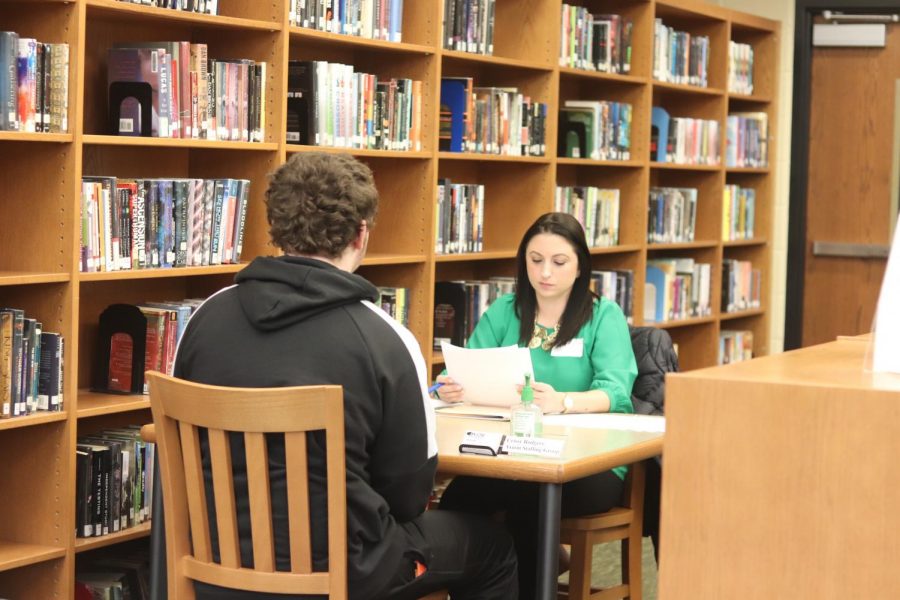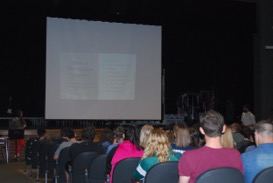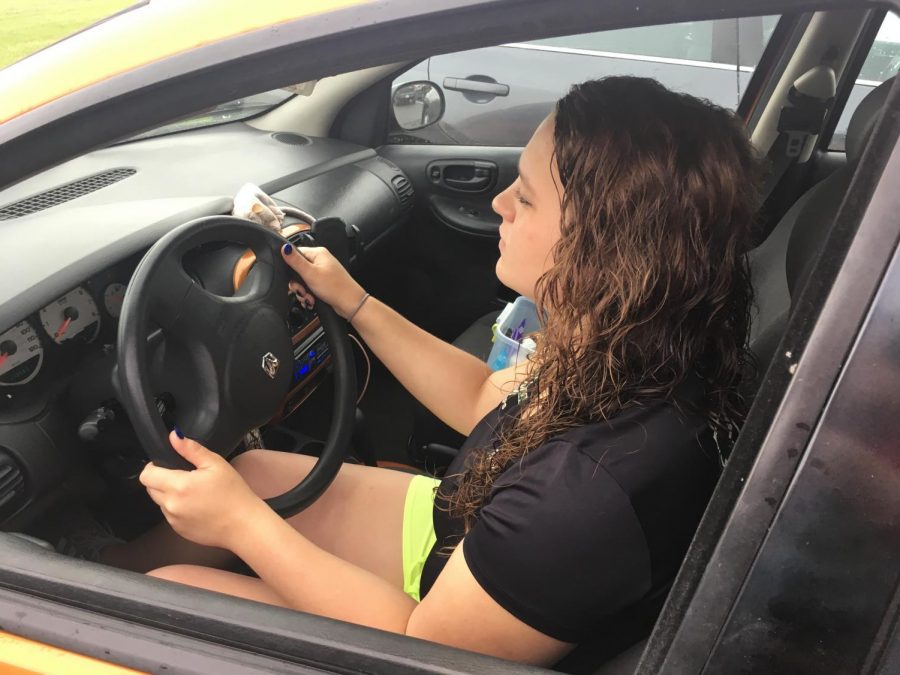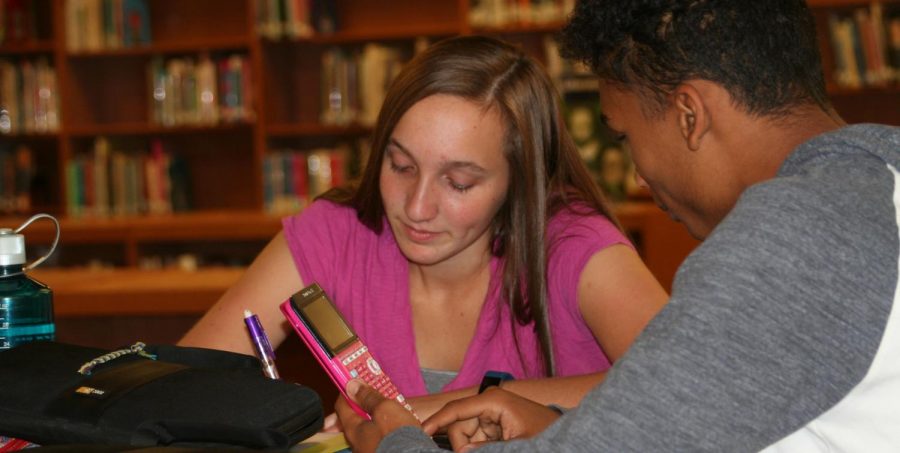
FLO Interviews
Makenna Maldonado, Staff
• January 27, 2020

“Houston, We’re Ready For Take Off!”
Rachel Kimmel, Staff
• May 23, 2018

Do You Drive?
Sarah Kimmel, Staff
• May 23, 2018

What on Earth are You Doing on Earth Day?
Sarah Kimmel, Staff
• April 22, 2018

Don’t Make Math a Task, Just Ask!
Rachel Kimmel, Staff
• October 26, 2017
Load More Stories


